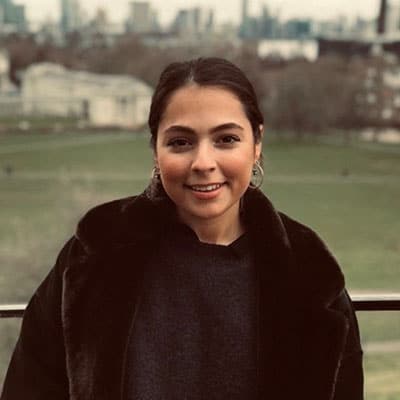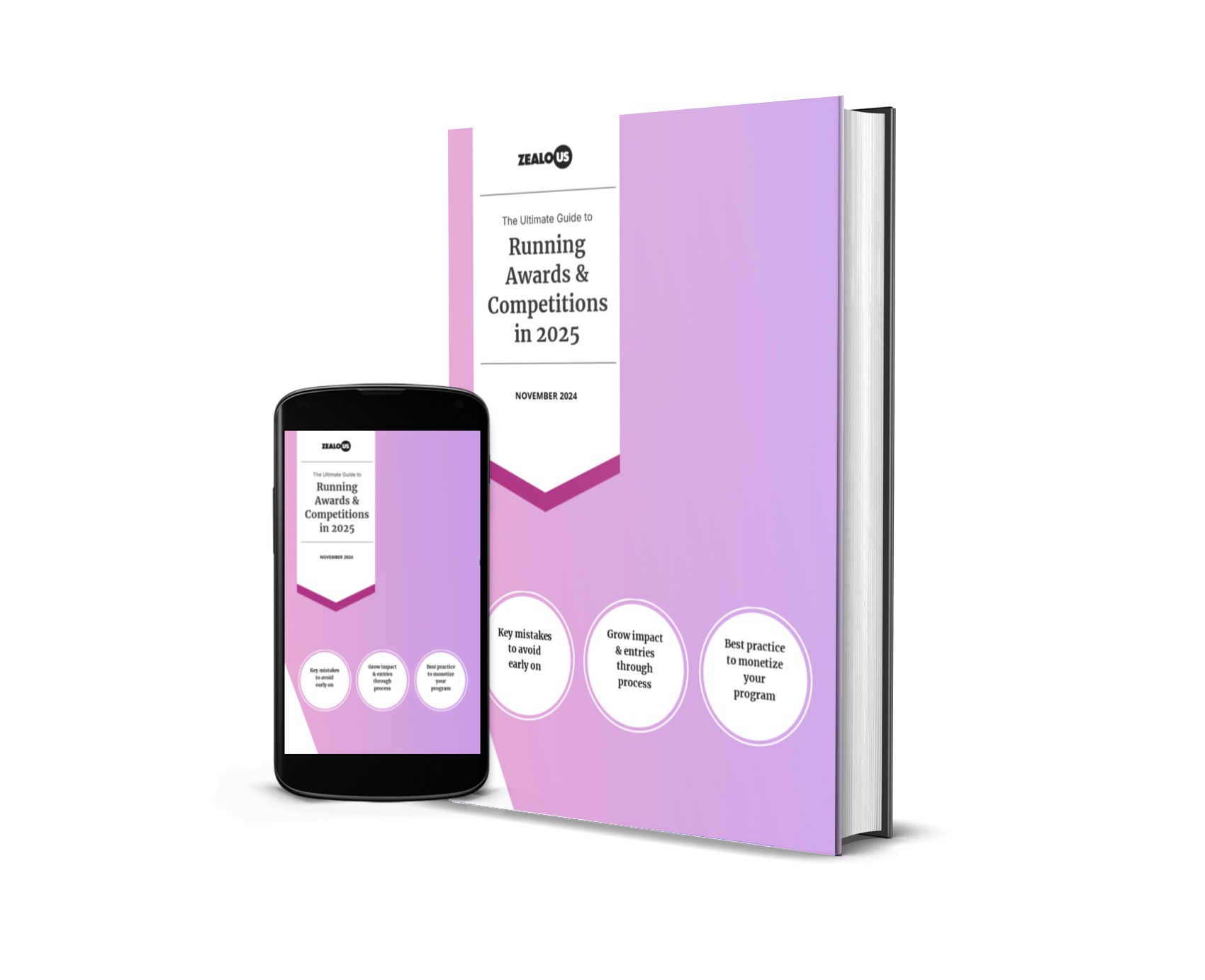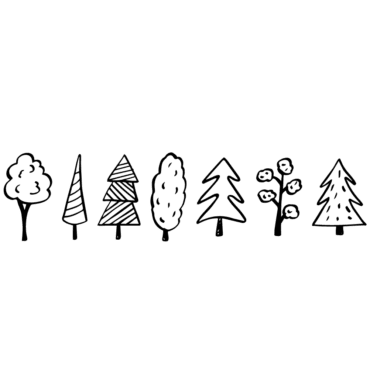Her practice is defined as performative drawing, inspired by the uncertain and changeable nature of both our social context and artistic creation.
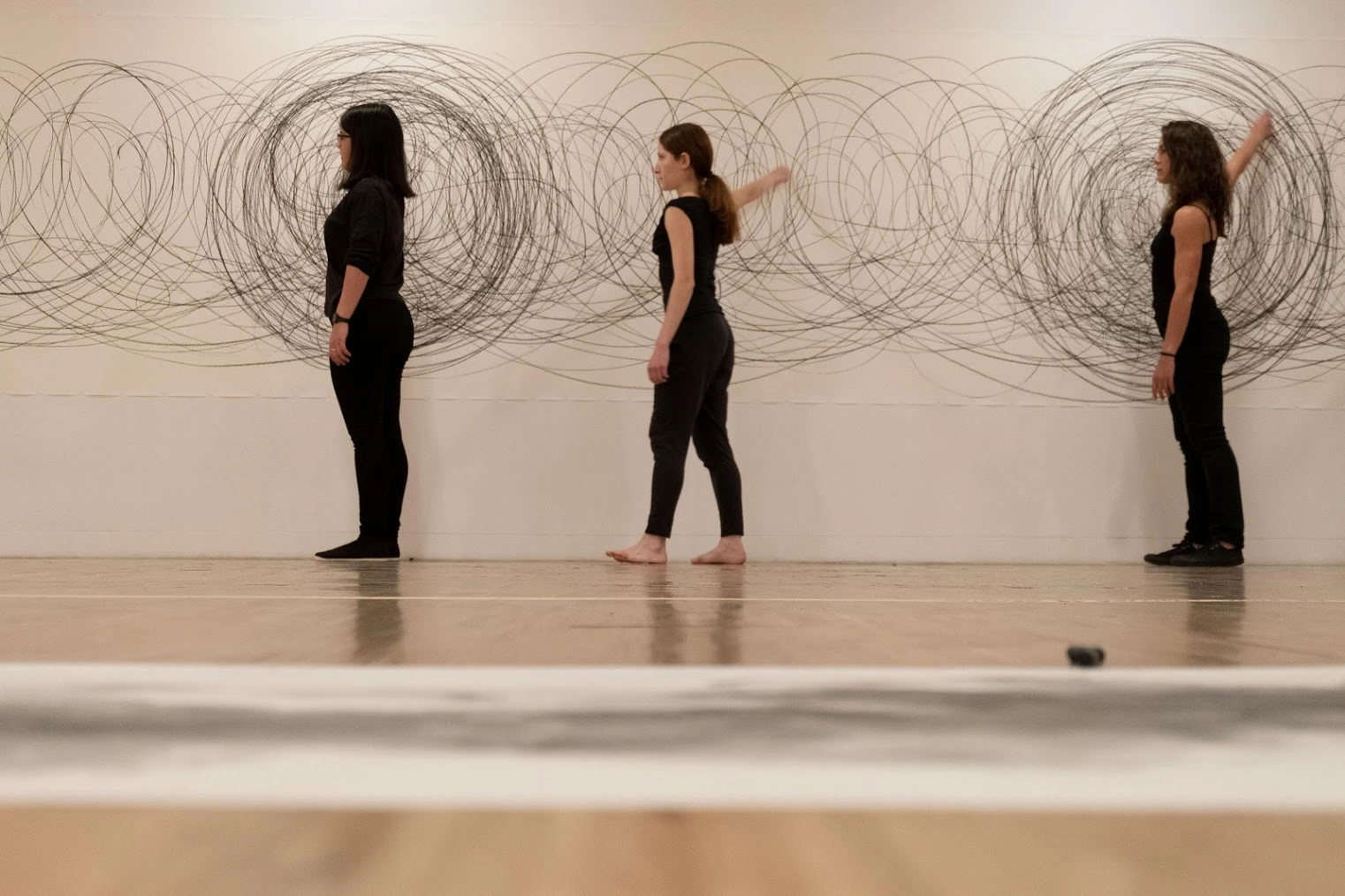
Congratulations on winning Zealous Stories: Performance. You define your work as Performative Drawing. Could you tell us what this terminology means to you and your practice?
Thank you! Yes, I define my practice as Performative Drawing because I explore drawing as a consequence or a residue of performance. My drawing practice is very much process-oriented. I focus on the physicality, movement and gestures of my body (or the bodies of others) during the act of drawing, rather than on the image being produced. In a way, my drawings work as documentation of my performances, since they don’t represent anything but the indexical trace of the performance that produces them.
Tell us more about your winning performance, You Are It. What rules were given to the participators? Where did it take place?
You are It is a participative performative drawing which was performed at Espacio Puente, Tenerife Espacio de las Artes as part of my exhibition project Re-Thinking the Trace. In this work, the audience was invited to create a collaborative drawing by tracing their performance subject to the following rules:
-Walk along the paper.
-Draw with circular movements.
-Stop below the lights.
-Resume your march when another participant touches your shoulder.
While following these instructions, the participants were allowed to improvise to some extent, for instance, varying the speed they moved at or the width of the circles they drew. Every participant had the opportunity to walk along the 10-meter piece of paper several times, and to interact with various performers. They drew with compressed charcoal bars and none of them had any previous experience in drawing or performance.
You seek to challenge notions of authorship through many of your performative works. How do you go about investigating this concept?
Yes, my performative drawings often involve audience participation. I seek to challenge the notion of ‘authorship’ by making collaborative artworks and participative performances. In these, I set certain rules for the performance, but it is the audience who creates performative drawings by tracing their interactions and improvisations whilst working as a team. I intend to set a playful framework for people to engage in the process of making and to have fun cooperating to create something together.
These works aim to act as a statement against the individualistic attitude that I identify as a tendency with a negative impact in societies operating under the global neoliberal system. Instead, these pieces emphasise collectivity, collaboration and a sense of togetherness.
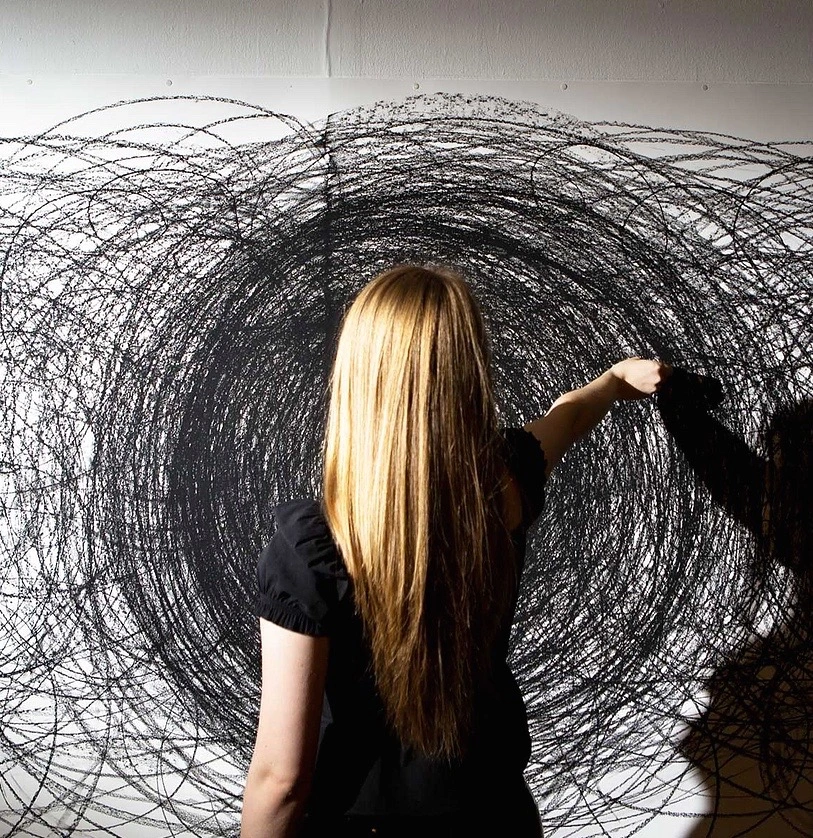
Mediation of space is an important idea within your practice. Could you give us some context around this?
My interest in space mediation is materialised in site-specific works, where the combination of the performance and the specific features (architecture, history, etc.) of a particular context determine decisively the appearance of the work. In the case of You are It, I wanted to work with the idea of a procession, which is something that has featured in my work several times. At the exhibition venue, I noticed that the longest wall had four fixed and very visible spotlights on it, which I decided to use as a structure for the performance. I then introduced the third and fourth rules, as a strategy to create a dialogue with that particular space.
Could you give us some insight into your creative process as a whole? What inspires these drawings and movements?
My creative process is an oscillation between pairs of opposite concepts, such as intuition-reasoning, personal-universal experience, figurative-abstract imprints, presence-absence, trace-tracker, or, most importantly, control-randomness; exploring the possibilities and tensions in between these notions.
The making of my drawings is usually based on certain rules or restraints that I set for myself. My process is often based on repetitive movements inspired by personal experiences (especially from my childhood and teenage years) that can be extrapolated to anyone else’s. It may also involve the use of objects linked to either my personal story or the history of the exhibition venue, which become tools that facilitate a dialogue between my body, the materials, a particular space and the resulting work.
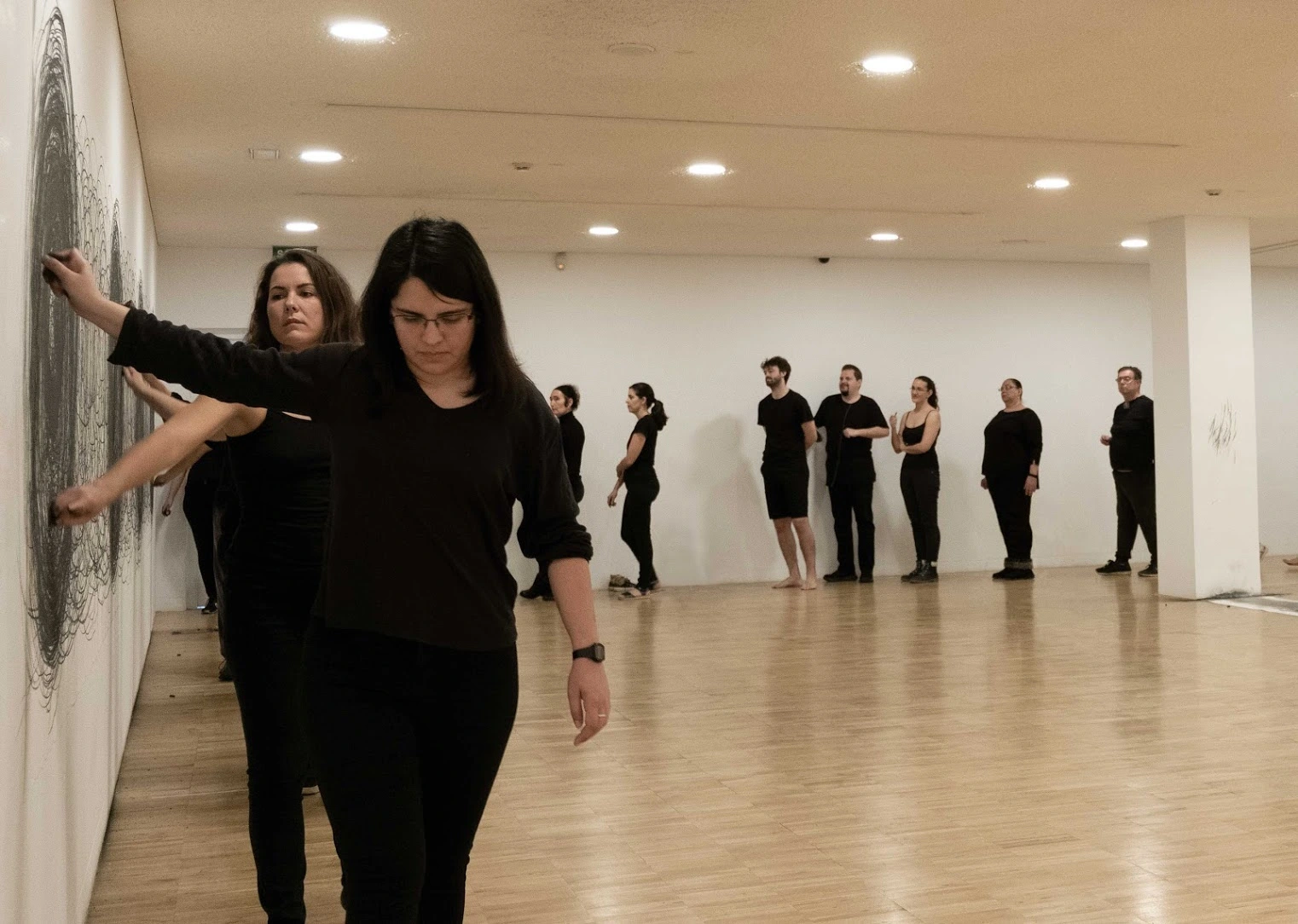
Is there a particular performance piece within your body of work that was pivotal in evolving your practice and defining your process?
Yes, there is one particular work that was a strong turning point in my practice. I made it during the last months of my Masters and when I look back I now realise how important it was. It was whilst working on a large-scale drawing of a procession when I had an epiphany: how I was drawing was far more important than what I was drawing. So for the next work, I decided to abandon figurative representation and actually focus on my own body as a producer. It was the first time I thought about the drawing process as a performance that could be done in front of an audience (in fact I recorded it) and the first time that the image I was producing became secondary. That key work was entitled Bleep Test and it was the first performative drawing I made, which totally fits within my current creative process.
Are you working on any upcoming projects that you can tell us about?
At the moment my practice based research is focused on two new series. One of them revolves around the pandemic and the other involves making gadgets that I attach to my body in order to draw. Both are still in progress and have not been adapted to any specific site yet.
This September I will have a solo show in Manuel Ojeda Gallery (Canary Islands) where I will exhibit a number of works from the last years, and I will also create two site-specific works for it. Next year I will exhibit my project Re-Thinking the Trace at the Stone Space (London), which will be adapted site-specifically for that particular venue and will also include a participative performative drawing.
Let us know you want us to write more content like this with a love!
Share
Authors
